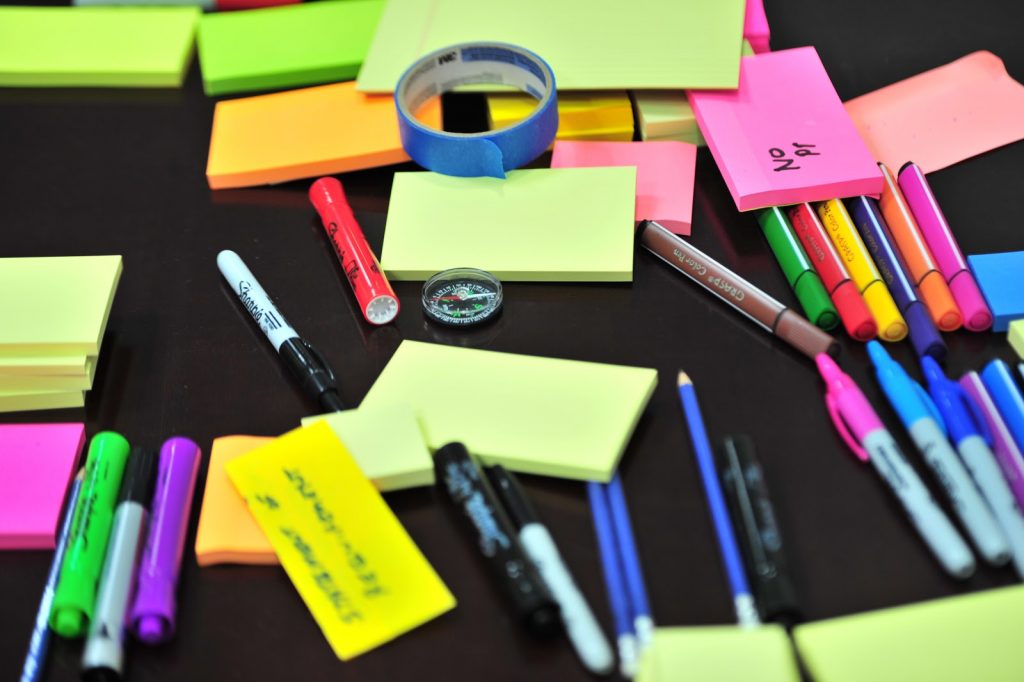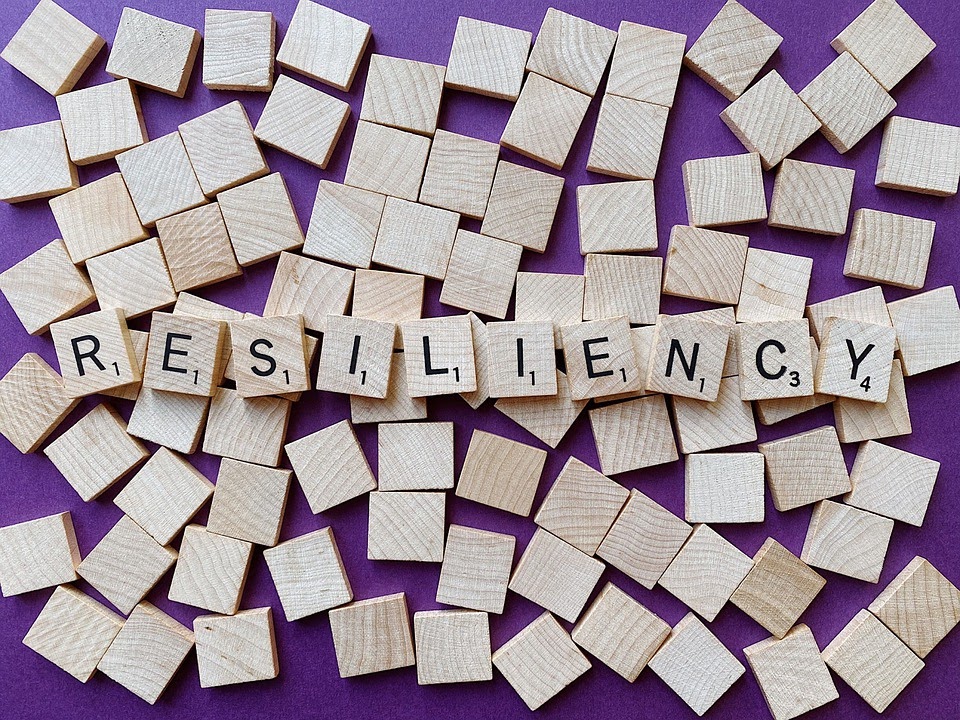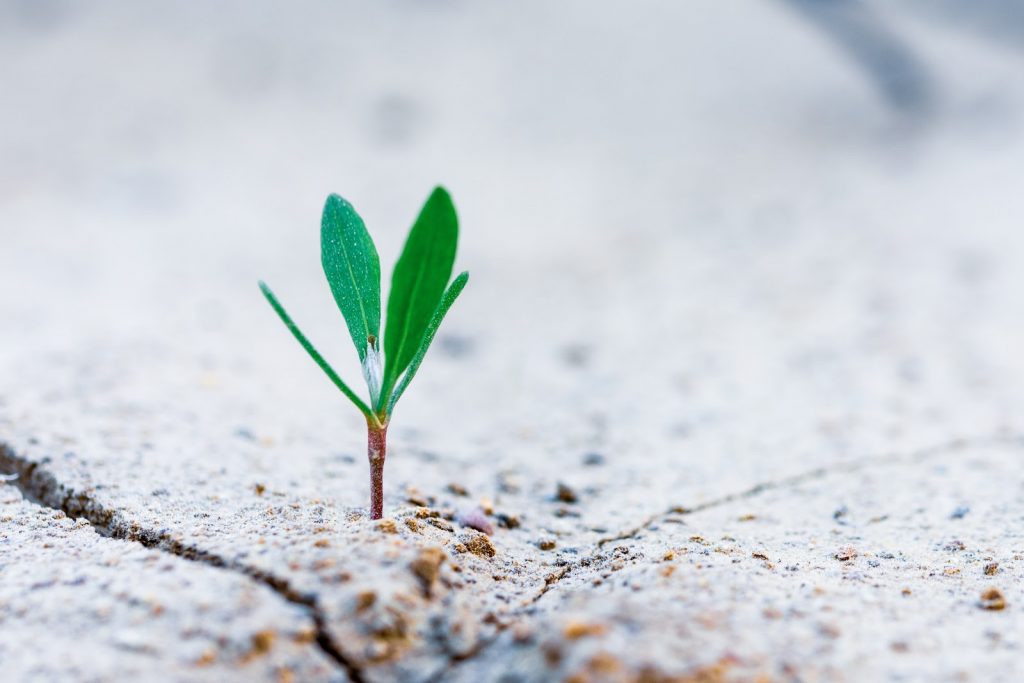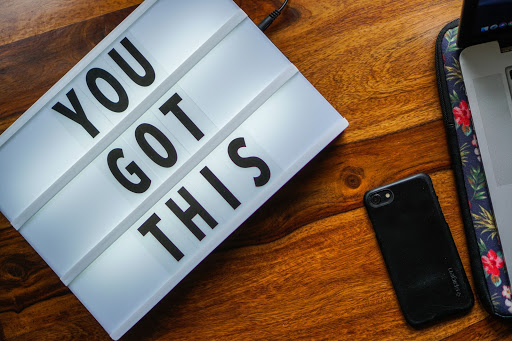
A few days ago, I went to Target to peruse my favorite section: the back-to-school supplies! I was a happy camper because many of the items I wanted – flair pens, cat folders, and a new lunch box – were in stock. In prior years, when I went to Target in August to get those last-minute items for the school year, aisles were packed and supplies were limited. It makes sense that Target wasn’t overflowing with educators and families buying school supplies since we still don’t know what this school year will hold for all of us.

Even though we are embarking into the unknown (any Frozen 2 fans out there?), our purpose remains the same: to ensure our students learn and feel safe. There are so many elements out of our control, and yet there are many elements within our control, too. Regardless of the physical learning space, we will still build relationships with students, identify priority standards, create aligned assessments, differentiate instruction, check for understanding, and engage in professional learning. Because the physical space might vary, we might also experience stress, anxiety, and fear as we adjust to a new routine. This is okay. We will work through every challenge because we are resilient!

According to the American Psychological Association,1 resilience is defined “as the process of adapting well in the face of adversity, trauma, tragedy, threats or significant sources of stress — such as family and relationship problems, serious health problems, or workplace and financial stressors. As much as resilience involves ‘bouncing back’ from these difficult experiences, it can also involve profound personal growth.”

Let that definition sink in for a moment. Resilience doesn’t mean that we won’t undergo stress, anxiety, or adversity. Resilience means entering those stressful situations and having the knowledge and skills to come out the other side stronger. Nobody knows what this school year will look like, and we will all experience “profound personal growth” because of it.
Now, if you want to build your resilience and the resilience of your students, you’re in luck because resilience is a skill that can be learned and developed.
The American Psychological Association suggests focusing on the following components in order to build your own resilience:

- Build Connections. Collaborate and connect with people who will show you empathy, compassion, and validation. It can be easy for educators to isolate themselves when experiencing stress. Who is someone you can connect with this year when feeling stressed or overwhelmed?
- Foster Wellness. Take care of your mental health and increase your resilience through self-care activities. Self-care is anything that makes you feel positive and happy. How can you intentionally set some time aside for a self-care activity this week and throughout the year?

- Embrace Healthy Thinking. Accept what you cannot control, and focus on what you can control. What are some elements you can control this year?
- Find Purpose. Acknowledge your feelings during a stressful time, and then ask yourself, “How can I positively contribute to a solution?” What are a few goals you have for this school year?
To help students build resilience, self-awareness, and coping strategies, Michele Lew in an Edutopia article has outlined a 4-step process:

- Teach students to identify their stressors. Have students recognize how they are feeling, and why they are feeling that way. Michele Lew uses this resource to help students work through their feelings and the why behind them.
- Identify what students normally do when presented with stressors. Have students work through their typical responses when feeling certain emotions. Michele uses this resource to help students work through their responses. Then, she has students engage in self-reflection, where they rate their responses to various emotions.
- Brainstorm alternative ways to respond to stressors. Introduce students to coping mechanisms. Create a list of positive and constructive ways students can respond when they are experiencing stress, sadness, anger, etc. Then, have students go back to their original reactions and replace them with a positive coping strategy using this resource.
- Practical application and maintenance of coping skills. In Michele’s classroom, she implemented a routine called “5 Minute Fix,” where students have the opportunity to share how they’ve utilized positive coping strategies in their real-lives. They can also ask for feedback and process positive responses during this time, which strengthens the culture and community of the classroom!
How will you work to build your own resilience and the resilience of your students this year?


Katie Algrim – Director of Innovative Professional Learning
(t): 630-444-3044
(c): 630-675-4447
(e): kalgrim@kaneroe.org
1American Psychological Association. (2012). Building Your Resilience. Retrieved July 22, 2020, from https://www.apa.org/topics/resilience
